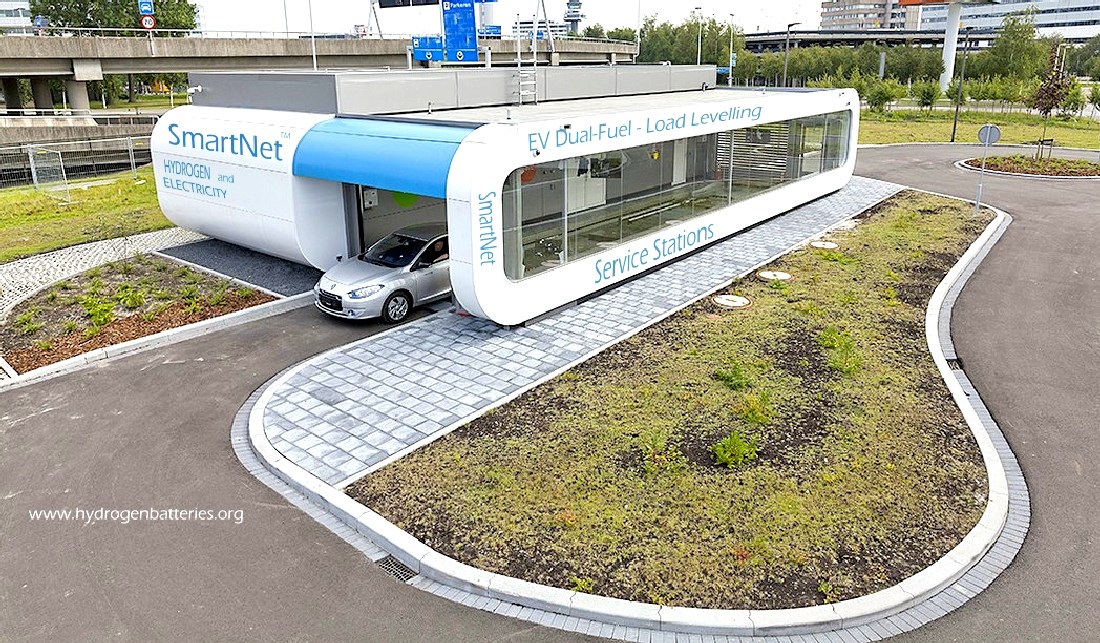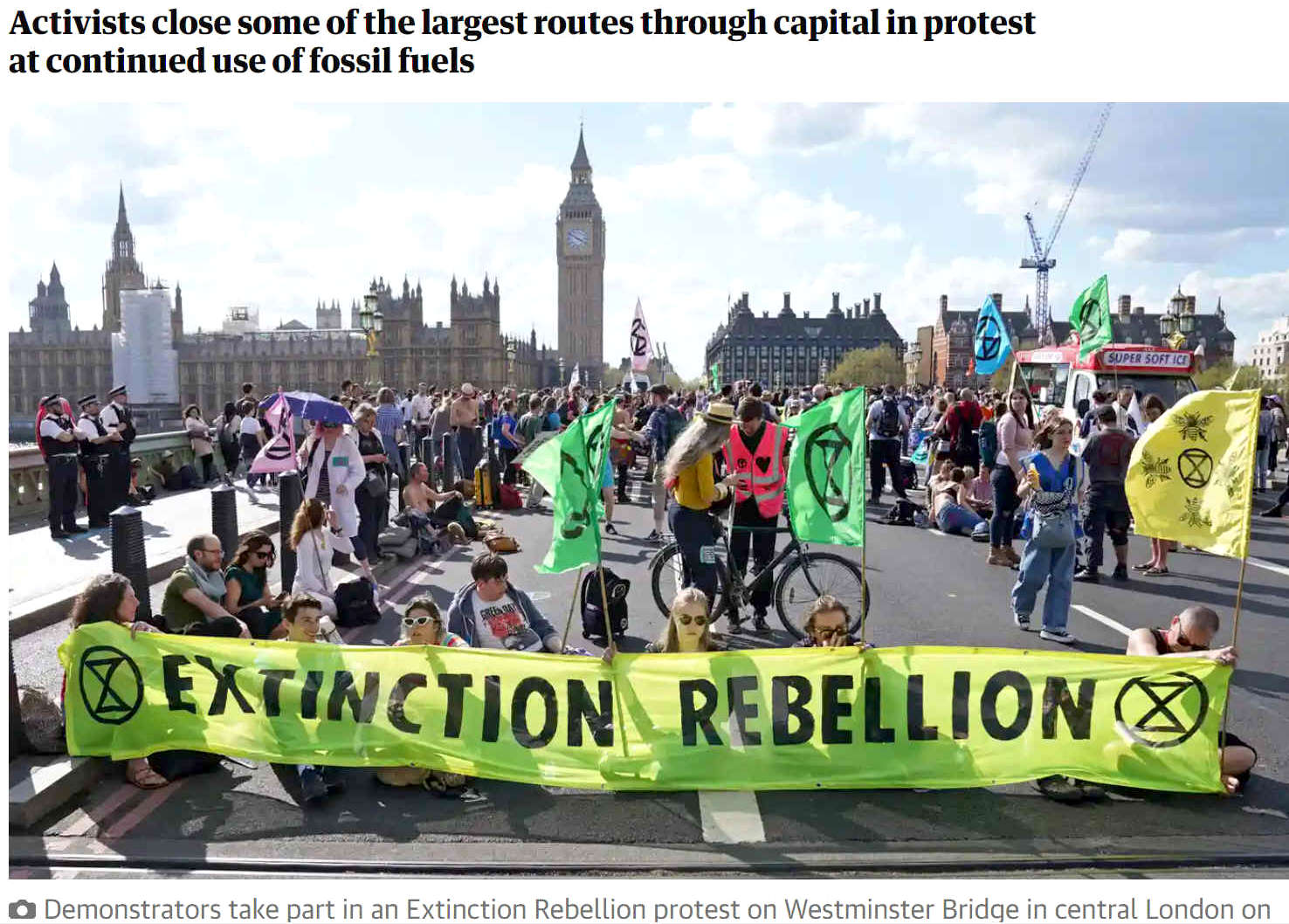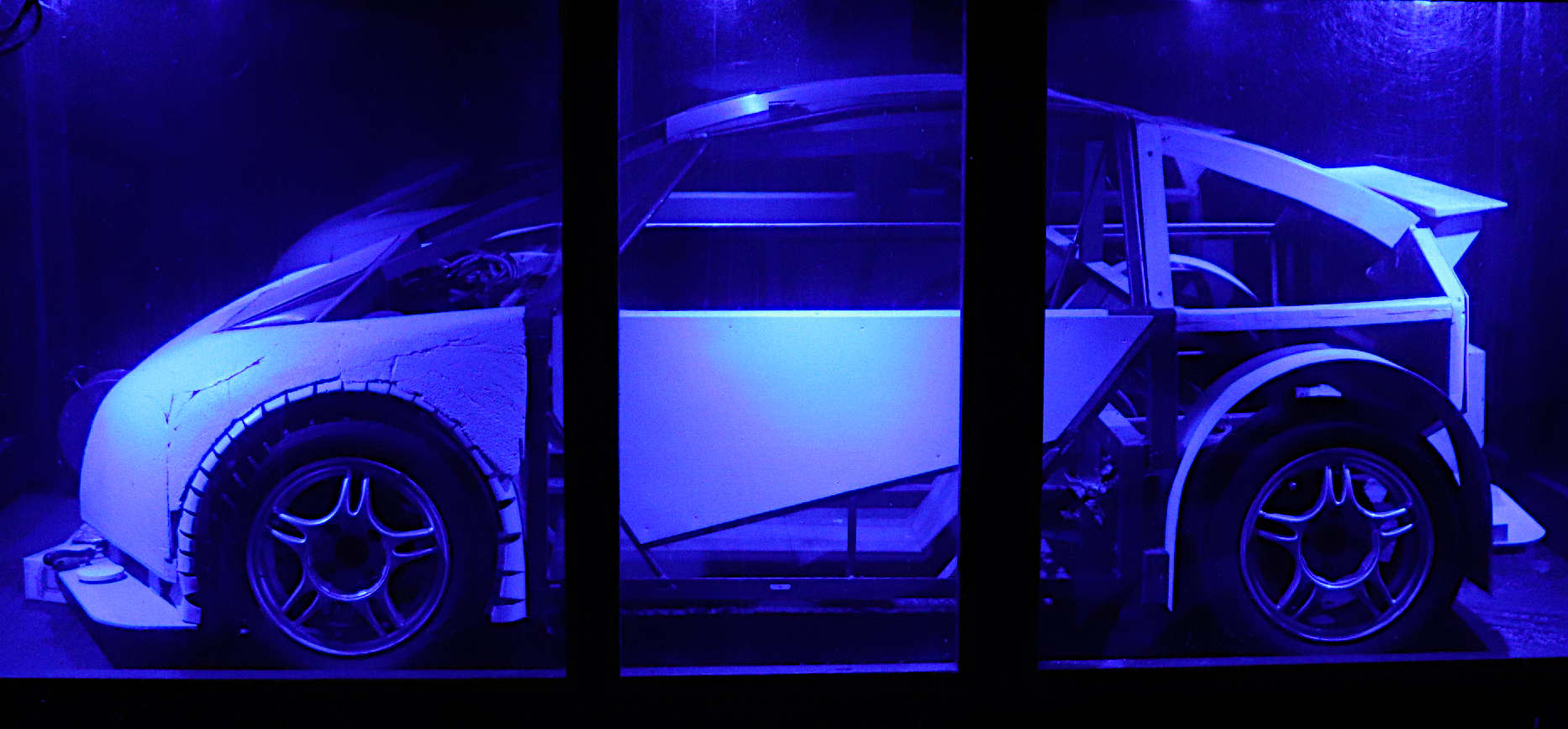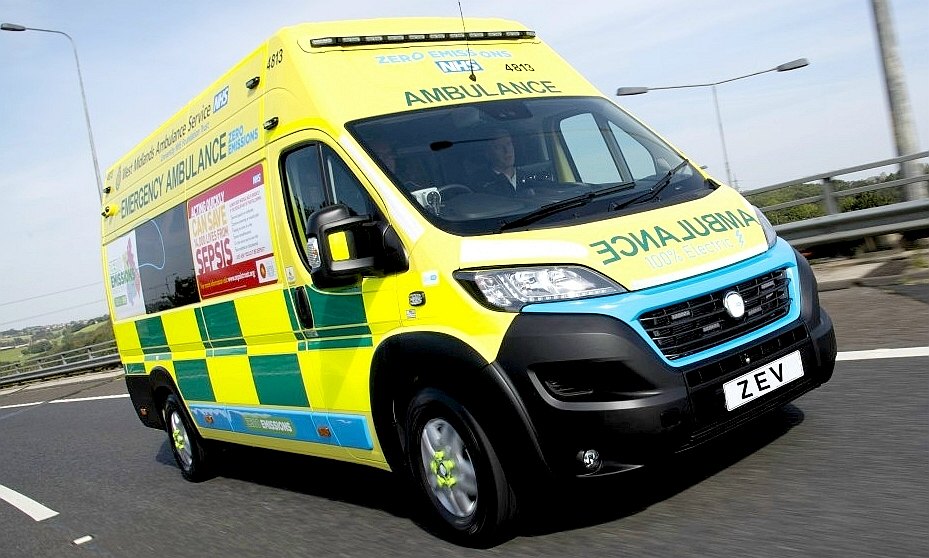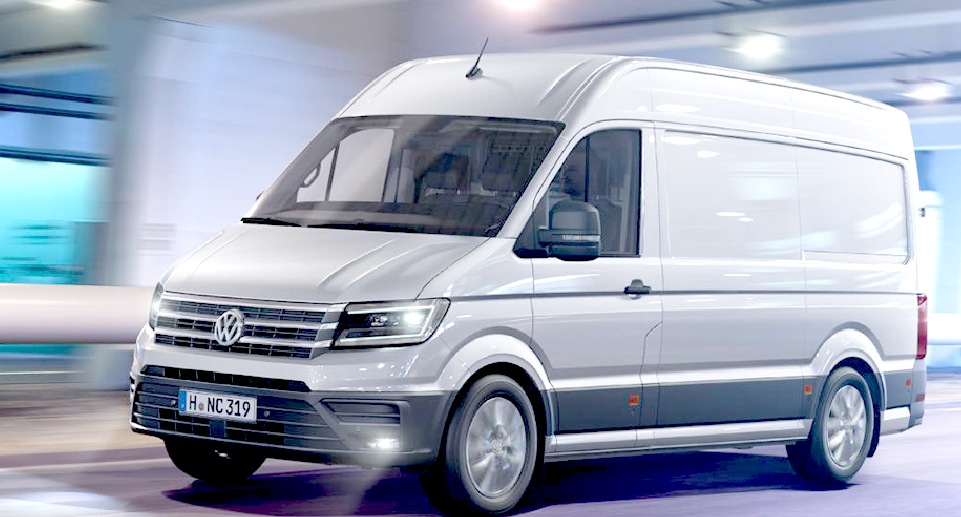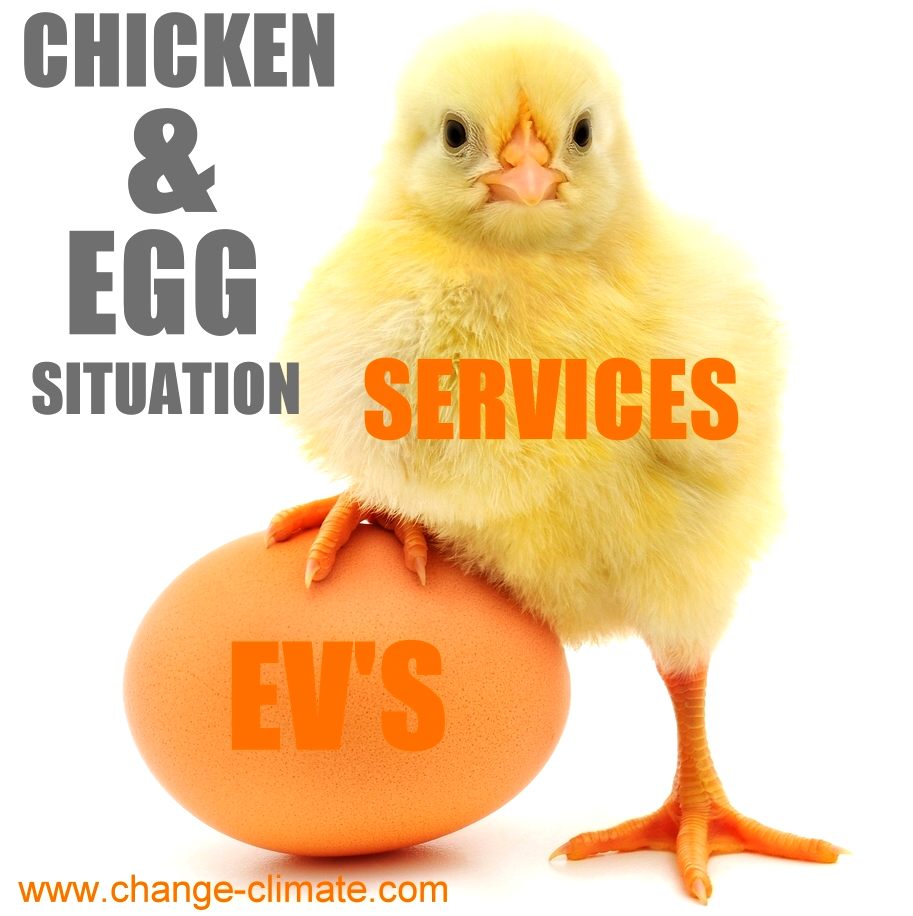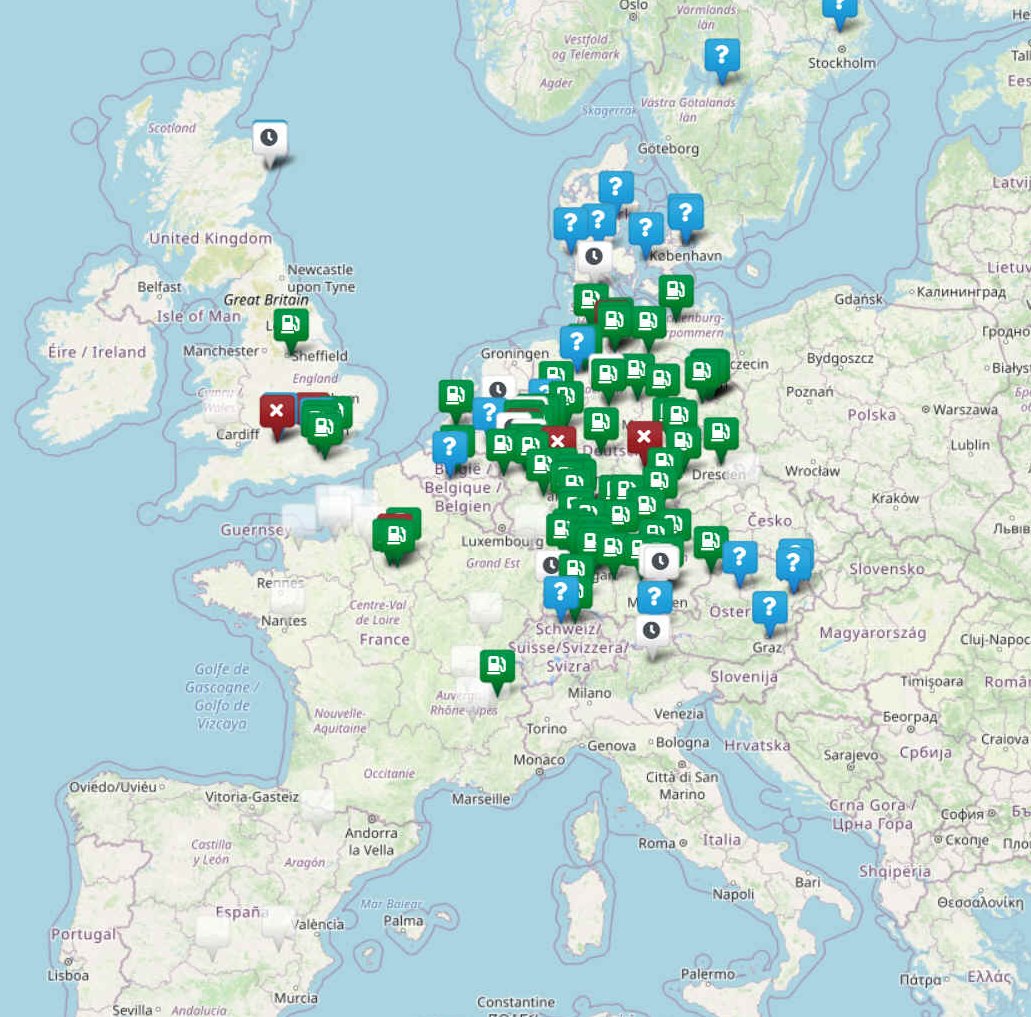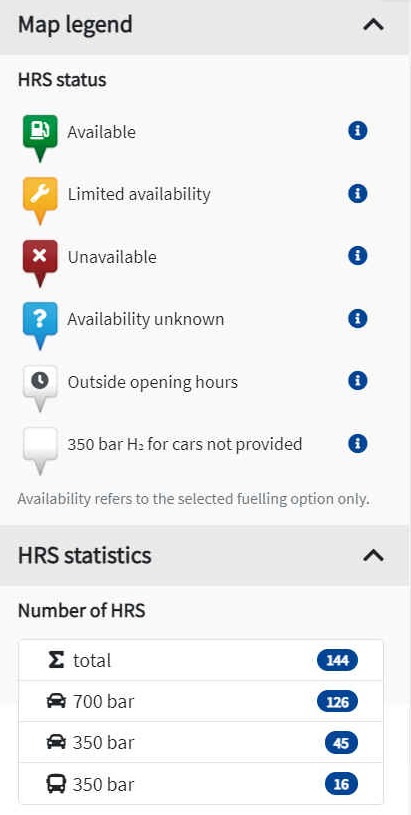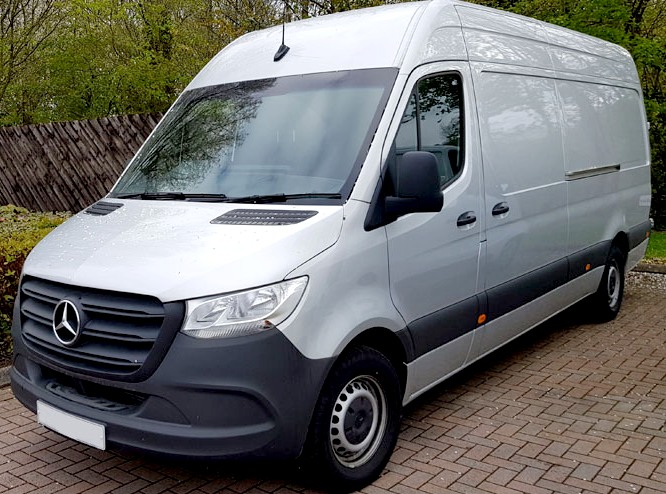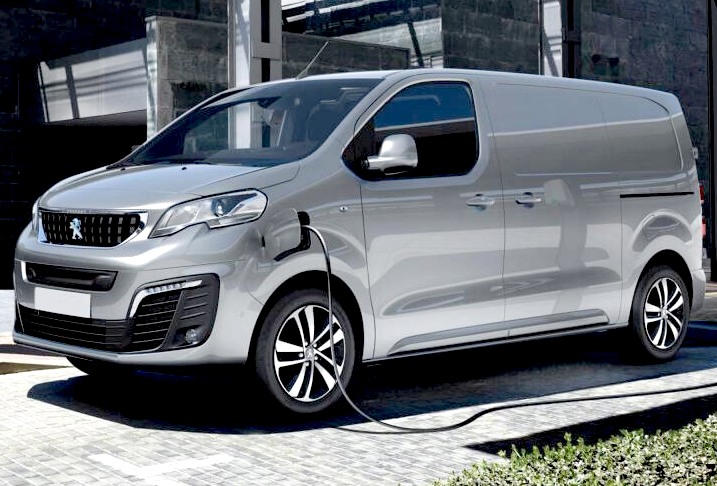|
HYDROGEN BATTERIES & SMARTNET™
LOAD-LEVELLING SERVICE STATIONS
Please use our A-Z to navigate this site where page links may lead to other sites
|
|||||
|
At COP21, the Paris Agreement set the E-Mobility wheels in motion, at COP26 2021 in Glasgow the hydrogen race sped up, with coal still in play & E10 a damp squib, despite a CODE RED climate warning, as per SDGs 7, 9, 11 & 13. With smart service stations providing hydrogen and electricity, coaches and trucks might have unlimited ranges. Cities could be lung cancer particulate free.
In the UK at the moment there are only 14 H2 filling stations. In the world (@2021) there were about 330 H2 stations open to the public for vehicle refuelling like at conventional gas stations. An additional 226 refuelling stations are in the planning stage, but many close after a few years, not being profitable.
|
A POTENTIAL SOLUTION TO A CONFUSED ENERGY MISMATCH
It's 2022 and we have no infrastructure for battery electric (BEVs) or hydrogen fuel cell vehicles (FCEVs), despite the Paris Declaration of 2015, with Norway banning ICEs from 2025.
Policy makers are desperately looking for the ideal energy mix, toying with V2G, E-Mobility & CAMM, trying to bridge the energy re-distribution gap between TSOs. The confused situation is a major brake on the elimination of fossil fuels for clean air mobility in cities. Despite this, plug-in charged EV sales grew from 1.6% in 2019 to 6.6% in 2020, a 400% increase.
Brave auto OEMs are making FCEVs, knowing there are almost no H2 filling stations. It's not much better for BEV commercial operators either, with the 2035 target looming.
We might help all stakeholders in this quest, with a Multi Fuel service station where hydrogen interests work alongside battery concerns to build an equitable, versatile and comprehensive transport infrastructure, without crashing national grids; ammonia and methanol systems included. |
||||
|
FUELING RUSSIAN AGGRESSION - Reliance on fossil fuels has given Russia the funds to launch what amounts to a criminal assault on the Ukraine, according to the Rome Statute. UK and European policies helped Vladimir Putin unleash attacks on helpless civilians, the timing of which coincides with the EU pushing for renewables. Russia knew they had to strike before Europe became energy self-sufficient. The world is paying the price, with threats of nuclear conflict.
|
WILLIAM GROVE - The first hydrogen battery was invented in 1842 by a young Welshman from the then town of Swansea, William Robert Grove. It was a revolutionary device because rather than using expensive chemicals to produce electricity like ordinary batteries, it used oxygen and hydrogen.
|
||||
|
EXAMPLE OF AN EARLY (2013) HYDROGEN CARTRIDGE PROJECT: AMMONIA, METHANOL, GAS - COMPATIBLE
HISTORIC WORLD 1ST - INBUILT HYDROGEN CARTRIDGE EXCHANGE SYSTEM - SWAPS IN 2 MINS, TO AMMONIA OR METHANOL FUELS MEANING ANY VEHICLE SO EQUIPPED MAY USE ANY H2 COMPOUND - OR EVEN LITHIUM BATTERIES - FUTURE PROOFING TECHNOLOGY
WHY INCLUDE HYDROGEN and WHAT IS IN A HYDROGEN BATTERY ? The reason we should embrace the eventual move to Hydrogen as a fuel for life, is to save the planet cooking from fossil fuel over exploitation. We can no longer afford to ignore climate change for riches, over circular economics.
With so many competing hydrogen based fuels, (alongside lithium and solid state batteries) all being developed in the zero emission gold-rush, automobile and truck producers might increase the versatility of their range, protecting products from obsolescence, as breakthroughs occur from the veritable stampede of formats - shaking confidence in the rather confusing market at the moment. So reducing investment risks. H2, LH2, Methanol or Ammonia, all compatible with SmartNet.
Hydrogen is held to be the only competitive energy capable of decarbonizing heavy duty transport. When renewables start producing excess megawatts, hydrogen comes into play as a viable storage mechanism, thence power for fuel cell vehicles.
Batteries and fast plug-in charging plays an important part, remembering that the energy conversion chain is significantly more efficient for battery vehicles. Why then are so many countries pushing hydrogen electrolizers? Simply put, long-term sustainability.
How best then to utilize this abundant energy carrier? To make the our Smartnet™ service station work, we aim to use hydrogen close coupled to fuel cells with convenient connectors and electrical compatibility capability, to make a battery. This contribution is our invention. You may not have heard of a 'Hydrogen Battery,' (HB) because it is a new concept.*
The HB concept is also compatible with lithium batteries (LB) as the energy storage medium, for future proofing. HB and LB are interchangeable in SMART service stations, for those who like to hedge their bets, and essential for RoboTaxi development.
|
|||||
|
FIAT DUCATO EV CONVERSION - This battery electric has a range of 112 miles. With a hydrogen battery as a range extender, refuelling time can be cut from 4 hours plug in charging, to just a couple of minutes. In addition, the range will be roughly trebled.
In addition, as EVs overtake IC vehicles in numbers, there will be thousands of battery failures, and fuel cells and batteries only have a finite life. Meaning that there will be millions of vehicles requiring servicing, where at the moment that would mean dealing with hundreds of different energy pack formats. Complicating the heck out of EV infrastructure sustainability and challenging the ultimate goal, being the creation of a circular economy. Competitive stakeholders (OEMs, OESs) are unlikely to want to cooperate, it will probably need additional legislation to make them even consider changing their ways.
THE FLEET OPERATORS DILEMMA - In 2021 the transport sector still depends almost entirely on fossil fuels, and is responsible for over 20% of the world’s CO2 emissions. Yet, one kg of hydrogen replaces 10 liters of diesel/petrol giving a driving range of up to 130 km.
The Office for Zero Emission Vehicles called for proposals by April 2021, aiming to ease the situation. With most commercial EVs having a low range or payload from lithium batteries, a bolt-on range extending Hydrogen Battery kit, could add hundreds of miles to the smaller vans and over 300 miles to larger vans, even under 3.5 tonnes. Potentially, this could solve the problems delivery and haulage companies are facing up to as we transition to clean transport in the next few years.
ONE SIZE FITS ALL - Aiming to cater for 90% of cars that at present use lithium battery packs via compatibility conversion to hydrogen. In the UK there are only 14 H2 filling stations @ April 21.
HENRIETTA - thinks she may have something to chirp about. She thinks she may have cracked the 'chicken and egg' conundrum.
|
WHY BOTHER ? - 10 REASONS TO MAKE THE EFFORT
Why not stay with ordinary H2 stations, pumping compressed hydrogen gas into a rigidly mounted onboard tank?
Because in 2021 the majority of vehicles use lithium batteries. Hydrogen is only getting a small percentage look in. Most vehicle makers are going the lithium route. There is no quick way to get around that, except with the bolt-on kits we are proposing to increase the range of larger vans and trucks - as a starting point.
To many experts entrenched in conventional thinking, the invention of 'Hydrogen Batteries' might seem like a complication we could do without. But we do need a Standard as a Solution for a more Secure (future) mobility and energy infrastructure, with better managed SMART National Grids: SMARTNETs. HERE'S WHY
DISRUPTIVE TECHNOLOGY
The concept may not disrupt the automotive world, except for those who fail to react in sufficient time to move with the times.
Producers of diesel and petroleum have sufficient time to in a slowly reducing market, to re-invest, as sales of ICE vehicles stop from 2035, in favour of a change to zero emission electric vehicles.
DUAL PURPOSE - The same service station that provides freshly charged 'green hydrogen' batteries, doubles up as an energy store for the national grid of the country concerned, boosting 'green deal' hydrogen production, and reducing CAPEX. That's the beauty of dual fuel capability, multi-function flat-packs making E-Mobility more affordable.
WHERE TO START? - Most electric heavy goods vehicles such as long distance trucks and medium range delivery vans, can simply bolt on a kit of parts and be able to travel 700 miles extra between refuelling stops - using the standard hydrogen battery. They are stackable for theoretical 1,500 mile endurance. The same cartridge could service small boats and light aircraft. Service stations are not required for range extending, where the vehicles have onboard loaders: Handy for roadside breakdowns.
With only 14 H2 service stations in the UK in 2021, we hope this may be a topic of discussion at the forthcoming UN COP 26 in Glasgow, Scotland in November 2021.
On the 8th of July 2020, the Commission issued a "Hydrogen strategy for a climate-neutral Europe," in which they announced the creation of a European Clean Hydrogen Alliance, aiming for 100,000 hydrogen trucks, and 1,000 hydrogen service stations by 2070, but by then we'll already have reached the climate tipping point! We'd suggest setting their sights much higher. | ||||
|
WORLD HYDROGEN CONGRESS
The World Hydrogen Congress is the leading annual meeting place for those working in the field of hydrogen production, transportation, distribution, storage and policy.
Hydrogen is a rapidly growing solution to decarbonizing renewable power generation, energy storage, cost efficient drive-trains and most especially; industrial heat markets. |
IS 'SMART DUAL FUEL' AN IPCEI ?
The IPCEI (Important Project of Common European Interest) instrument makes it possible under specific conditions to address market failures for larger cross-border integrated projects for hydrogen and fuels derived from hydrogen that significantly contribute to achieve climate goals. We wonder if the proposed standardization of hydrogen energy cartridges might qualify as an IPCEI, and if so, if Alliance members may wish to consider working in a consortium to develop such concept?
| ||||
|
|
| ||||
|
WHEN MIGHT IT HAPPEN ?
It will never take place without it being on the political radar. Hydrogen Batteries and Smart Service Stations could though, be a realistic prospect provided that the Political Will remains high enough on EU, G20 and United Nations agendas. That means funding for R&D must be made available to counter hostile Red-Flag stakeholders.
The need for a climate cooling solution needs to be higher on EU, UK and US agendas. Then, and only then, will EV range and load-levelling climb up the policy-urgency ladder to Defcon 5. By then the stakeholders will have wasted yet more time and carbon $dollars going in the wrong direction. Where the climate emergency dictates we at least attempt to build in safeguards and get it right first time around. We say that in the knowledge that this solution was first proposed in 1991, to deaf ears.
“I
believe that water will one day be employed as fuel, that hydrogen and
oxygen which constitute it, used singly or together, will
We need political champions with vision, far beyond conventional thinking, projecting to a future starved of cobalt and lithium - that cannot in any event provide the range needed for HGVs. A handful of dedicated H2 service stations is not going to cut it.
The importance of future proofing the automotive industry against competing energy formats cannot be overstated. Energy wasted rivaling one another, means more greenhouse gases from a weightier development carbon footprint. It is folly for OEMs to continue to fight one another. We must work together as a global community, for the sake of the planet.
*Hydride batteries are completely different with poor energy density and low cycle rates, not to be confused with this present HB concept.
| |||||
|
CLIMATE UNFRIENDLY PATENT SYSTEM - The patent system is slow and expensive. Too expensive for SMEs and not for profits, who may be championing vital new technology. But have been let down by a system that discriminates financially. When patents are supposed to be about intellect, not wallets. The Foundation is suggesting that the WIPO might adapt to encompass Grant Now - Pay Later applications for SMEs, that may level the playing field as part of adapting to climate change. And that patent fees might be waived altogether for not-for-profit organizations without share capital.
| |||||
|
Please use our A-Z to navigate this site
This website is copyright © Universal Smart Batteries & Climate Change Trust 2024. Solar Studios, BN271RF, United Kingdom. The name Smartnet™ is a trademark for multil-fuel load-levelling service stations..
| |||||
